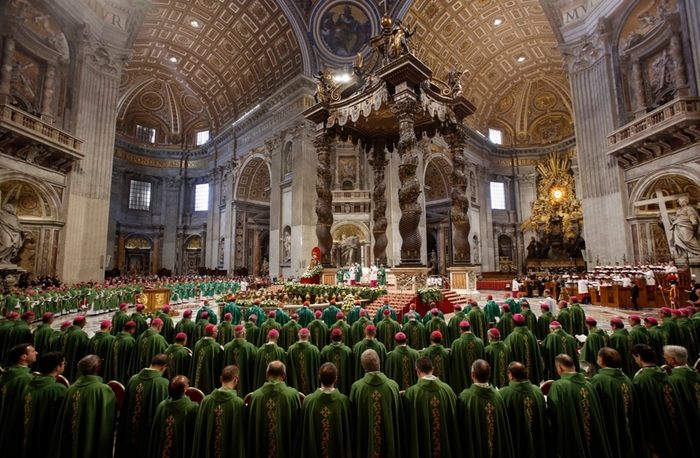Easter is the main religious holiday of the Christian world which celebrates the crucifixion and resurrection of Jesus Christ;
it shares similarities with other religions but also differences, linked to individual local traditions.
Here is a journey through Easter rites and celebrations around the world, accompanied by Civitatis, which organizes guided tours to discover different countries and customs.
In Italy, Easter is a great celebration full of religious events, concerts and demonstrations in the streets.
In Rome, first of all, the celebrations are introduced by the events of Good Friday with the Via Crucis and Easter Sunday with the Mass and the Urbi et Orbi blessing in St. Peter's Square, celebrated by Pope Francis.
The rite of the Via Crucis, which starts from the Colosseum and ends in the area of the Roman Forum and the Palatine Hill,
it is one of the most awaited and evocative moments of Holy Week in the city, when the faithful complete the journey with candles and torches.
Another awaited moment is Easter Monday, Easter Monday, when it is customary to leave the big cities to have a picnic in the countryside with the family and enjoy the day away from home between visits and walks.
In Israel, one of the most iconic moments of Holy Week is the Good Friday procession in Jerusalem, when numerous pilgrims walk along the Via Dolorosa in the Christian Quarter of the Old City.
Saturday 15 April, the day before the Orthodox Easter, the Holy Fire is celebrated, another very ancient and suggestive ritual when a bonfire is lit on the tomb of Jesus, in the Church of the Holy Sepulcher in Jerusalem.
The event is followed by other countries of Orthodox tradition such as Greece, Romania, Cyprus and Lebanon.
In Spain, Holy Week is celebrated with great fervor and participation.
It is a deeply rooted tradition in the country, with processions in almost all the cities, organized by religious brotherhoods, a ritual that has been handed down from generation to generation.
Each brotherhood has its own traditional costumes and colours, especially its own cone-shaped hat, called a capirote.
During the processions, the members of the brotherhoods walk through the streets and squares with the pasos, on which the religious statues are carried.
The most famous and scenic Semana Santa is that of Seville, but many others deserve to be known, such as that of Zamora, declared Cultural Heritage and included in the list of candidates for Intangible Cultural Heritage of Humanity.
Then there are some curious and strange ones,
Even in Latin America, Easter is a deeply felt celebration, because the majority of the population is Catholic and each country approaches it by uniting its own traditions and cultures.
In Brazil, for example, various processions and masses are held during the week;
among the best known representations, the Passion of Christ in the New Jerusalem which has been taking place since 1951 in the state of Pernambuco with the participation of hundreds of extras.
In Ouro Preto, for example, the inhabitants of the city decorate the streets where the processions pass with carpets made of flowers and sawdust in an event that attracts many tourists.
Also in other historic cities of the State of Minas Gerais, flowers, sawdust, sand and even towels are used to decorate the streets and houses of the city.
In Guatemala, religious processions join the traditions of the Maya;
among the most beautiful Holy Weeks those of Antigua Guatemala, Ciudad de Guatemala and Quetzaltenango stand out, which date back to 1560, 1776 and 1560 respectively. To decorate the streets, the population creates carpets that have butterflies as symbols, which for the Mayas represented the sun, life and the afterlife.
To learn more about the origins of the celebrations and the union between faith, exoticism and mysticism, it is good to visit the museum of Holy Week in Antigua Guatemala.
Returning to Europe, among the other traditions that combine with non-religious rites, the habits of the inhabitants of Haux, in France, deserve to be known, who on Easter Monday cook a giant omelette in the town square with about 4,500 eggs, a symbol of birth and fertility.
Furthermore, in the village of New Aquitaine, church bells are silenced until Easter Sunday as a sign of respect.
In Scotland there is a contest of hard-boiled eggs which children throw from the top of a hill;
whoever reaches the finish line with the whole egg wins.
Even in Sweden and Finland at Easter, which is associated with the spring festival, the children of the neighborhood exchange handicrafts or branches to ward off evil spirits in exchange for sweets.
(HANDLE).








